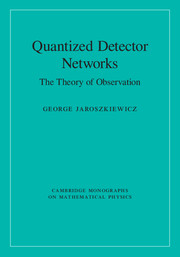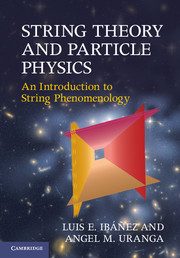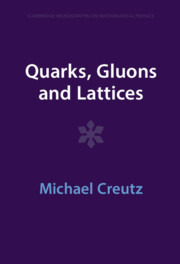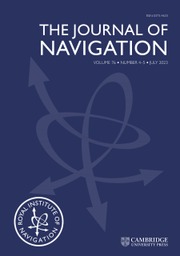Quantized Detector Networks
Scientists have been debating the meaning of quantum mechanics for more than a century. This book for graduate students and researchers gets to the root of the problem: how the contextual nature of empirical truth and the laws of observation impact on our understanding of quantum physics. Bridging the gap between non-relativistic quantum mechanics and quantum field theory, this novel approach to quantum mechanics extends the standard formalism to cover the observer and their apparatus. The author demystifies some of the aspects of quantum mechanics that have traditionally been regarded as extraordinary, such as wave-particle duality and quantum superposition, emphasizing the scientific principles rather than the mathematical modelling. Including key experiments and worked examples throughout, the author encourages the reader to focus on empirically sound concepts and avoid metaphysical speculation. Originally released in 2017, this title has been reissued as an Open Access publication on Cambridge Core.
- Offers a wide-ranging discussion of many key concepts in quantum physics that have generally been treated in isolation
- Explores a natural extension of standard quantum mechanics, one that allows observers to be discussed on a par with the systems they are observing
- Includes discussions of spectacular experiments that prove the subtlety and nuance of the physical reality of quantum mechanics
- Reissued as an Open Access title on Cambridge Core
Product details
No date availablePaperback
9781009401425
390 pages
244 × 168 × 21 mm
0.68kg
Table of Contents
- Preface
- Acronyms
- 1. Introduction
- 2. Questions and answers
- 3. Classical bits
- 4. Quantum bits
- 5. Classical and quantum registers
- 6. Classical register mechanics
- 7. Quantum register dynamics
- 8. Partial observations
- 9. Mixed states and POVMs
- 10. Double-slit experiments
- 11. Modules
- 12. Computerization and computer algebra
- 13. Interferometers
- 14. Quantum eraser experiments
- 15. Particle decays
- 16. Non-locality
- 17. Bell inequalities
- 18. Change and persistence
- 19. Temporal correlations
- 20. The Franson experiment
- 21. Self-intervening networks
- 22. Separability and entanglement
- 23. Causal sets
- 24. Oscillators
- 25. Dynamical theory of observation
- 26. Conclusions
- Appendix
- Index.







